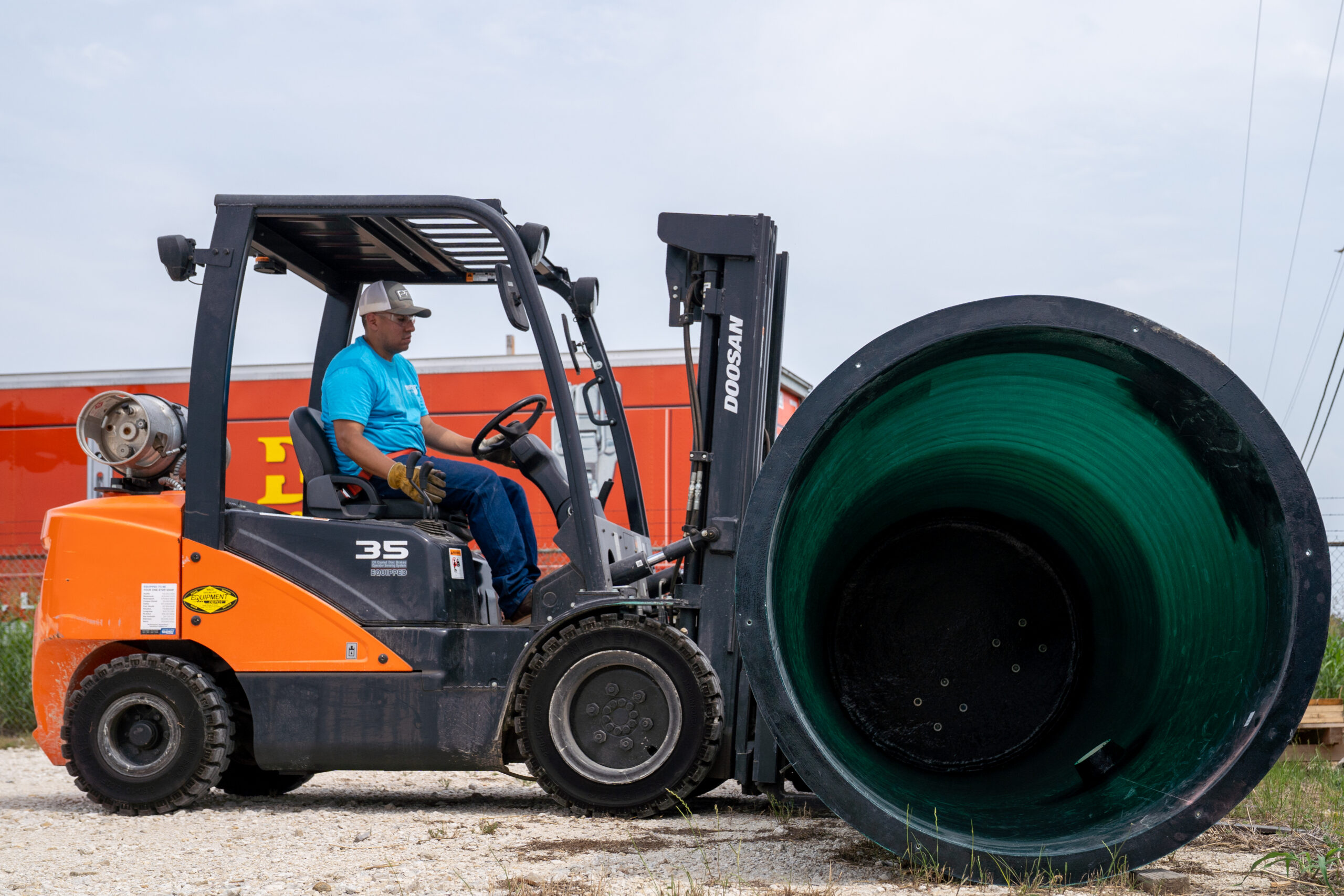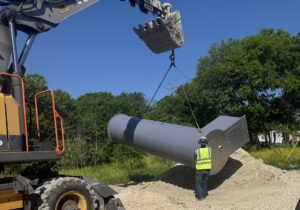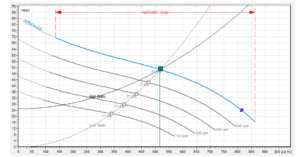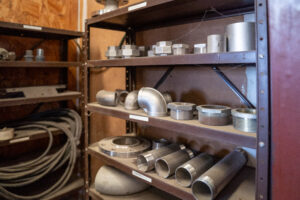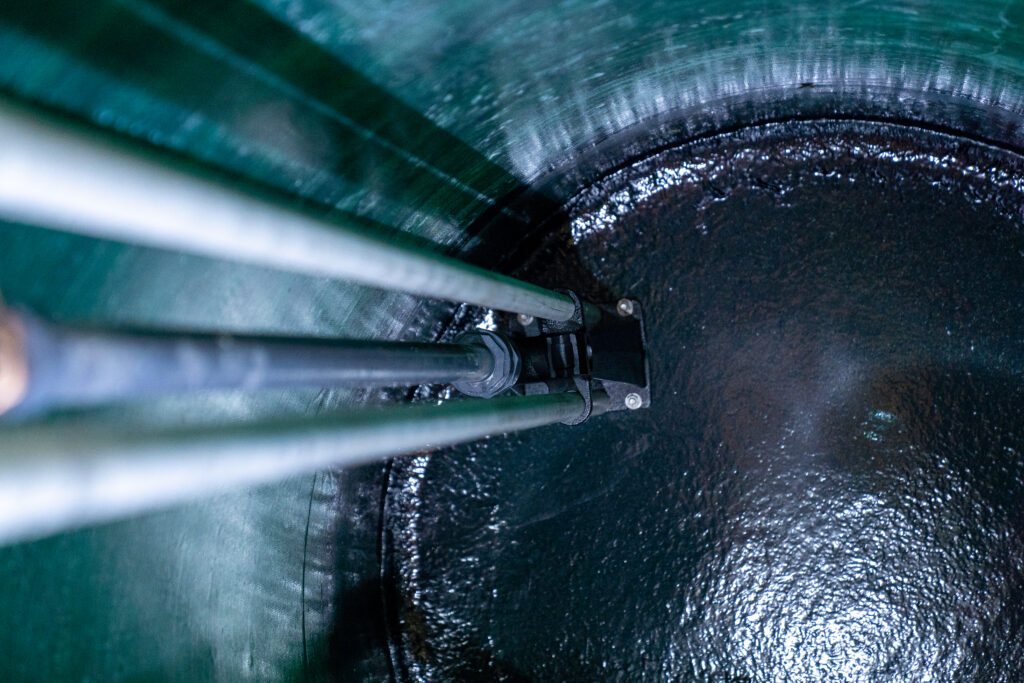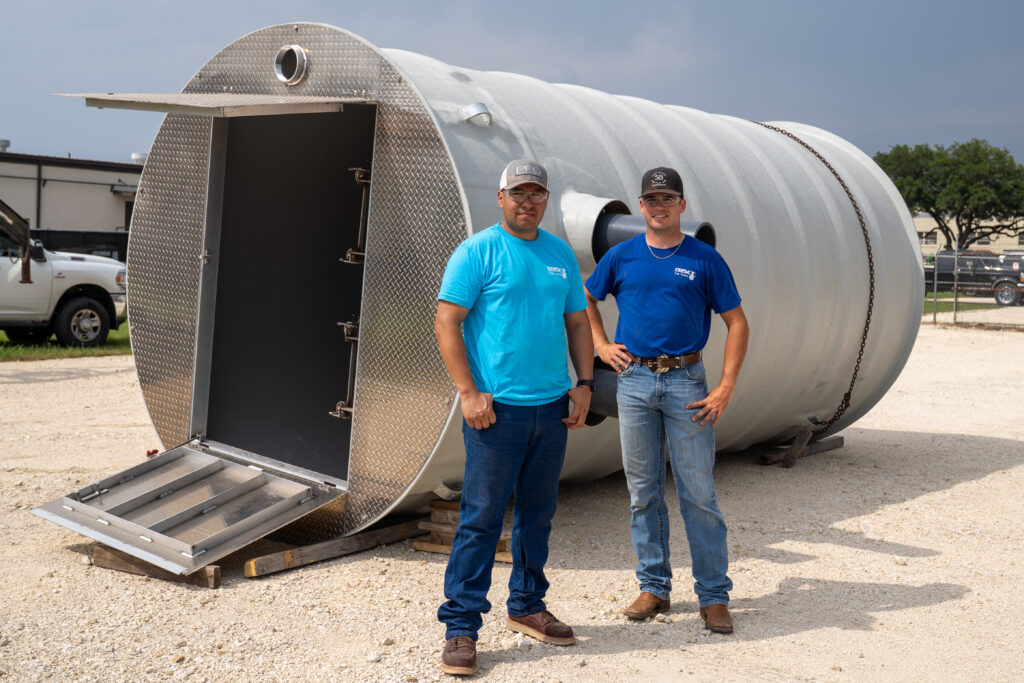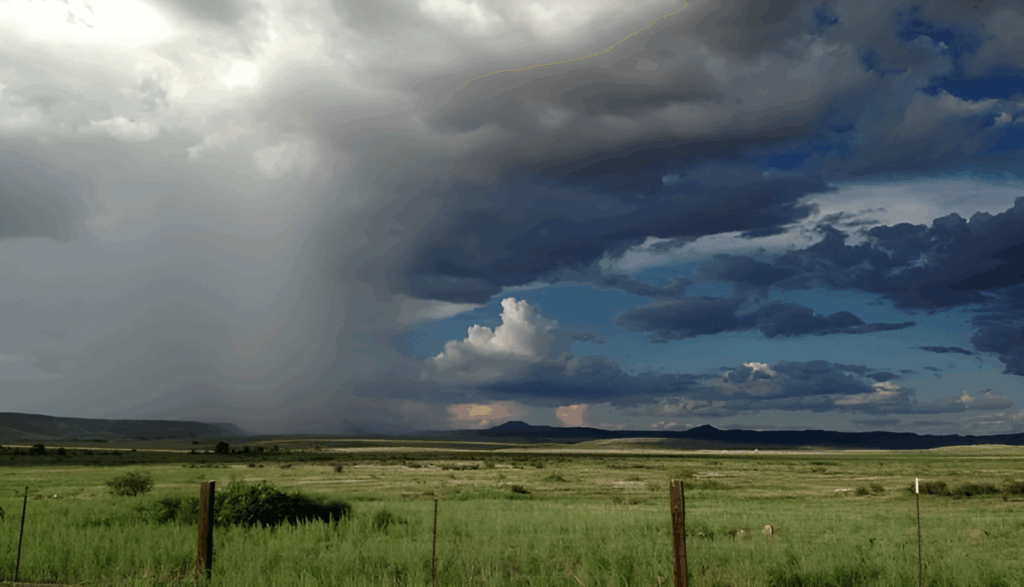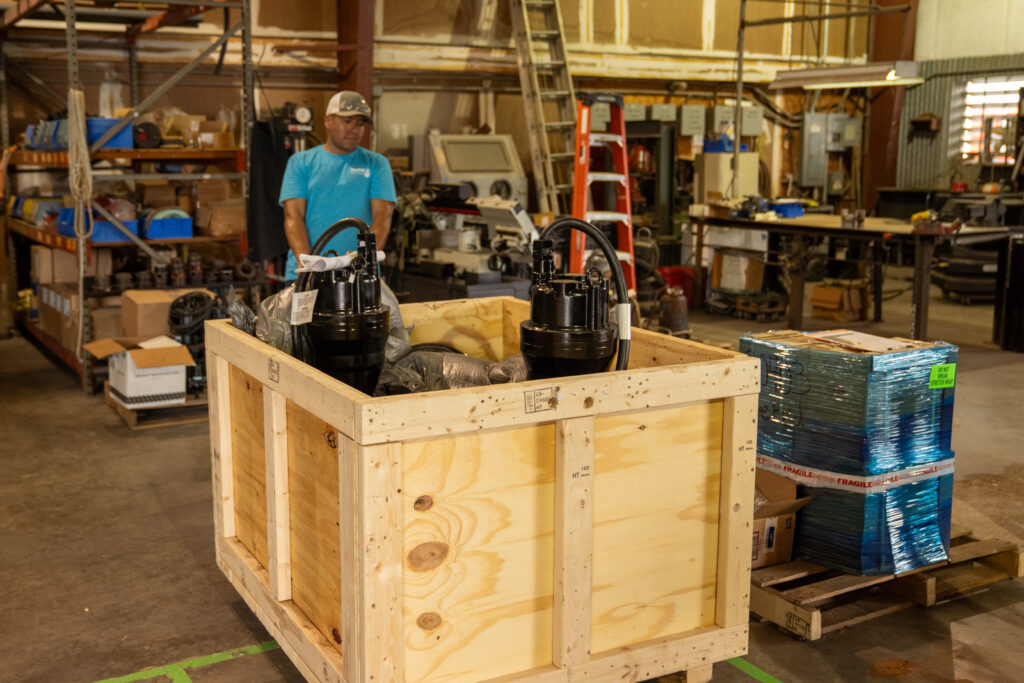In a perfect world, gravity would handle all wastewater flow—waste would move naturally from homes and businesses to treatment plants without any mechanical help. But in reality, that’s rarely the case. That’s where sewer lift stations come in.
At Triple D Pump, we specialize in building lift stations of all sizes. Here’s a breakdown of how they work and why they’re essential for keeping wastewater systems running safely and efficiently.
What Is a Sewer Lift Station?
A sewer lift station, also known as a pump station, is an engineered facility designed to move wastewater from a lower elevation to a higher elevation when gravity flow is not possible. Lift stations are commonly used in flat terrain, low-lying areas, or where buildings sit below the level of the main sewer line.
Core Components of a Lift Station
A properly functioning lift station relies on several key parts:
- Wet Well
This is a large underground tank where incoming wastewater collects. It serves as a holding area until the water level rises high enough to activate the system. - Submersible Pumps
Once the wet well reaches a certain level, pumps turn on and push the wastewater uphill through pressurized pipes called force mains. Most stations use one or two pumps that alternate to ensure even wear. - Control Panel
This serves as the system’s brain. It monitors water levels using float switches or ultrasonic sensors and automatically turns pumps on or off. The panel may also include alarms, manual override switches, and data tracking. - Inlet and Discharge Piping
Pipes guide wastewater into the wet well and then out through the force main to a higher gravity-fed line or directly to a treatment plant. - Level Sensors or Float Switches
These detect the level of wastewater in the wet well and signal the control panel when it’s time to pump. - Check Valves and Isolation Valves
Valves ensure wastewater only flows in one direction and help isolate equipment for maintenance.
How the Process Works (Step-by-Step)
- Wastewater enters the wet well from residential, commercial, or industrial sources.
- As the wet well fills, level sensors or float switches detect the rising water.
- When it reaches the set point, pumps activate, pushing wastewater through the force main.
- Once the level drops to a lower threshold, the pumps turn off.
- The cycle repeats 24/7—ensuring uninterrupted flow to the next stage of treatment or conveyance.
Why Lift Stations Matter
Lift stations aren’t just technical equipment—they’re a critical part of public health and infrastructure:
- Prevent Backups and Overflows
Without lift stations, low-lying areas would suffer from constant backups and sewage overflows. - Enable Expansion
New subdivisions, commercial developments, and rural communities rely on lift stations to connect to centralized systems. - Protect the Environment
Properly managed lift stations help keep untreated wastewater out of rivers, streams, and neighborhoods.
Whether you’re looking for a new lift station or need parts on an existing system, Triple D Pump is your trusted partner. We design lift stations across Texas and beyond. Contact us today to learn more about our services or to request a site evaluation. We’re ready to keep your wastewater systems flowing—efficiently and reliably.

